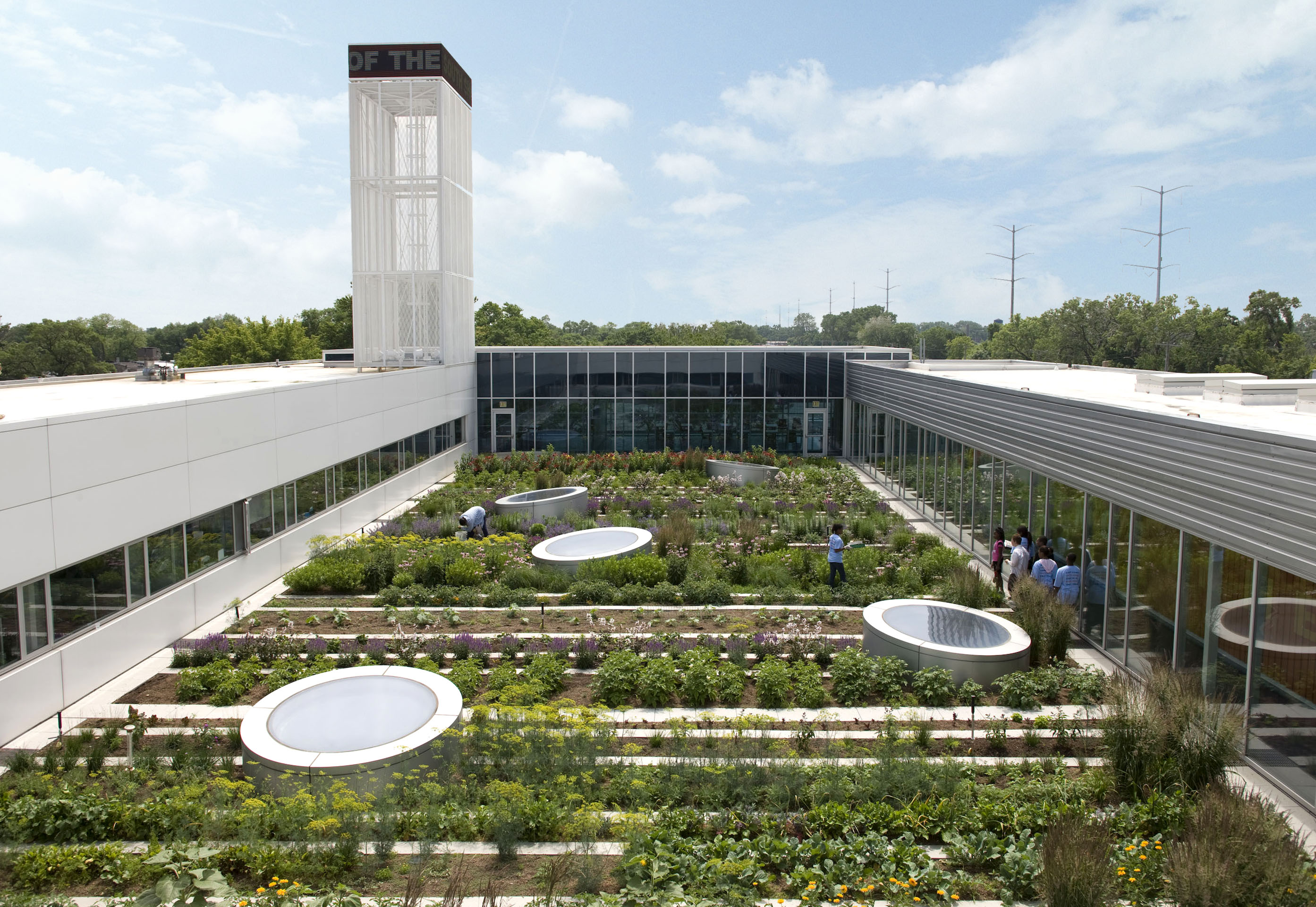15 of the 16 warmest
years on record have occurred , according
to the National Oceanic and Atmospheric Administration (NOAA). 2015 also marks
the 39th consecutive year that the annual temperature has been
above the 20th century
average. Rising
temperatures intensify environmental threats, such as drought and rising sea levels. Higher average temperatures also lead to increased energy use and exacerbate pollution, which in turn raises health risks. According to the Intergovernmental Panel on Climate Change (IPCC), we
are also seeing longer continuous stretches of higher temperatures that pose
greater health risks than isolated hot days. Heat-related illnesses, such as heat stress, asthma, and malaria (mosquitos carrying the disease will travel further as temperatures rise) are expected to claim between 2030 and 2050, according to the World Health Organization. The effects of rising
temperatures are pronounced in cities, where asphalt and concrete absorb and trap heat. This
phenomena is known as the .
How Resilient Planning and Design
Helps
are natureˇŻs amazing cooling devices: they release water moisture, provide shade, and create micro-climates. Other designed green infrastructure -- green roofs, green streets, rain gardens, and parks -- can offer similar benefits. While a
patchwork of trees, gardens, and green roofs cannot decrease temperatures, a system of
them, combined with other tactics, such as the use of light-colored building materials, can be effective. Los Angeles with the intent of shaving 1.65 ˇăC off of its city-wide temperature by 2035. Similarly, the cities of Melbourne and Adelaide heat reduction strategies include planting huge amounts of greenery; Adelaide, . The city of orients buildings to better leverage wind as a means of
cooling their streets down.
Co-benefits
Vegetation planted to cool down cities also helps manage stormwater,
provide habitat for wildlife, and give streets character. Green roofs can provide
many benefits ¨C in addition to cooling the air, they can insulate the building,
reduce building energy consumption, absorb stormwater, provide wildlife
habitat, and create social space. Green infrastructure also creates lots of good
local jobs installing and maintaining these systems.
Role of the Landscape Architect
Landscape architects play a lead role in greening our cities and communities in order to make them cooler. They work with architects and engineers to design green roofs, walls, and streets, and other green infrastructure as zones to inhabit during extreme heat events and hotter-than-average summers. Landscape architects can identify the tree and plant species best suited to generate a cooling effect while minimizing harmful volatile organic compounds (VOCs). Working with planners and
arborists, they create urban forest plans and design and implement these systems.
 ËżąĎĘÓƵ 2010 General Design Honor Award, Rooftop Haven for Urban Agriculture, Chicago, IL, Hoerr Schaudt Landscape Architects
ËżąĎĘÓƵ 2010 General Design Honor Award, Rooftop Haven for Urban Agriculture, Chicago, IL, Hoerr Schaudt Landscape Architects
Relevant Projects
ËżąĎĘÓƵ 2010 General Design Honor Award, Rooftop Haven for Urban Agriculture, Chicago, IL, Hoerr Schaudt Landscape Architects
, Stuttgart Office for Urban Planning and Urban Renewal
, Louisville, KY
, NYC Parks Department and Columbia University
, Chicago, IL
, City of Melbourne
Resources
, U.S. Department of Agriculture
, City of Melbourne
, GritLab, University of Toronto
, Center for Architecture in New York, NY
, Landscape Architects Network
, Environmental Protection Agency
Urban
Forest = Cleaner Cooler Air, ËżąĎĘÓƵ
, University of Delaware
, Extension
, Science Direct
<< Drought
Fire >>